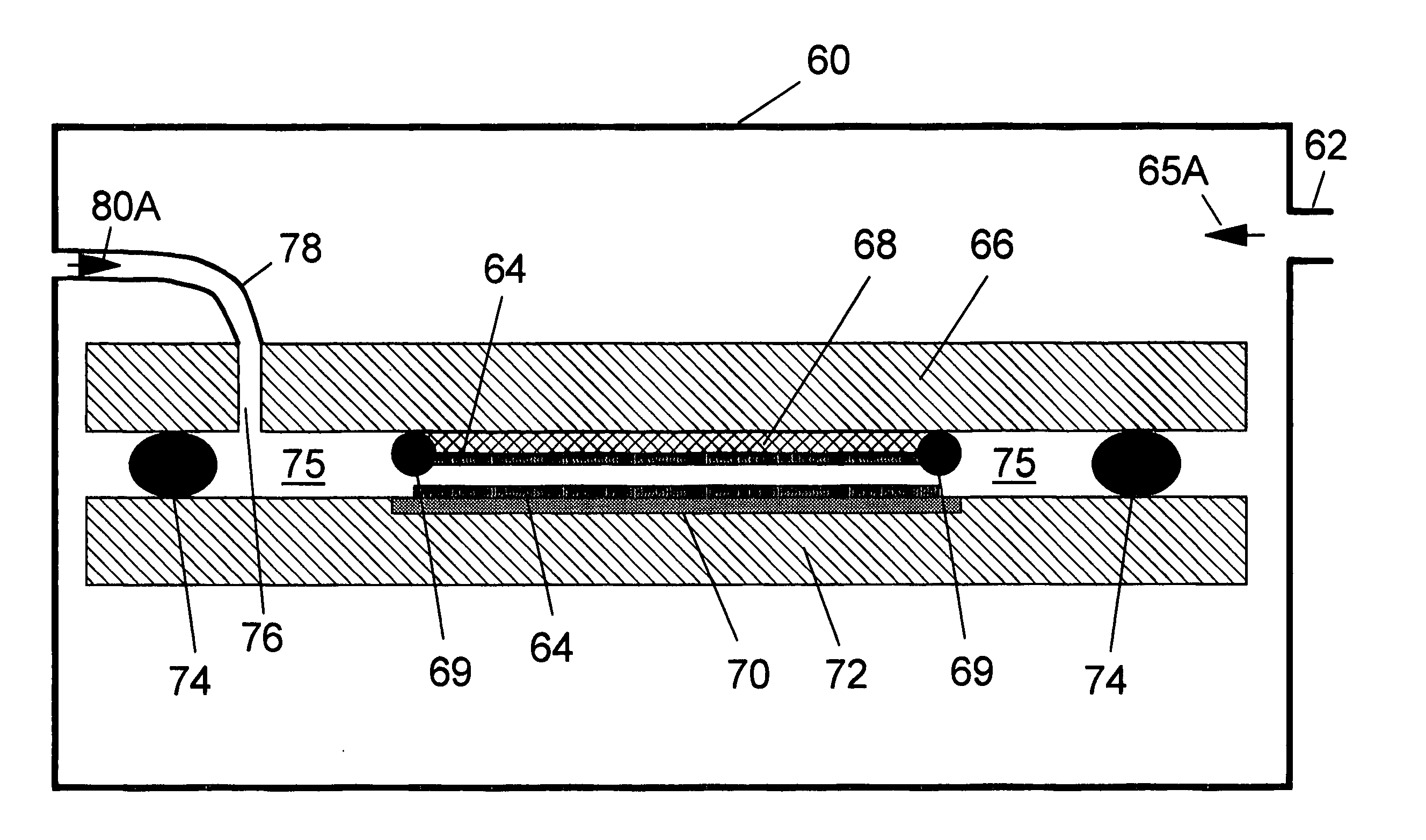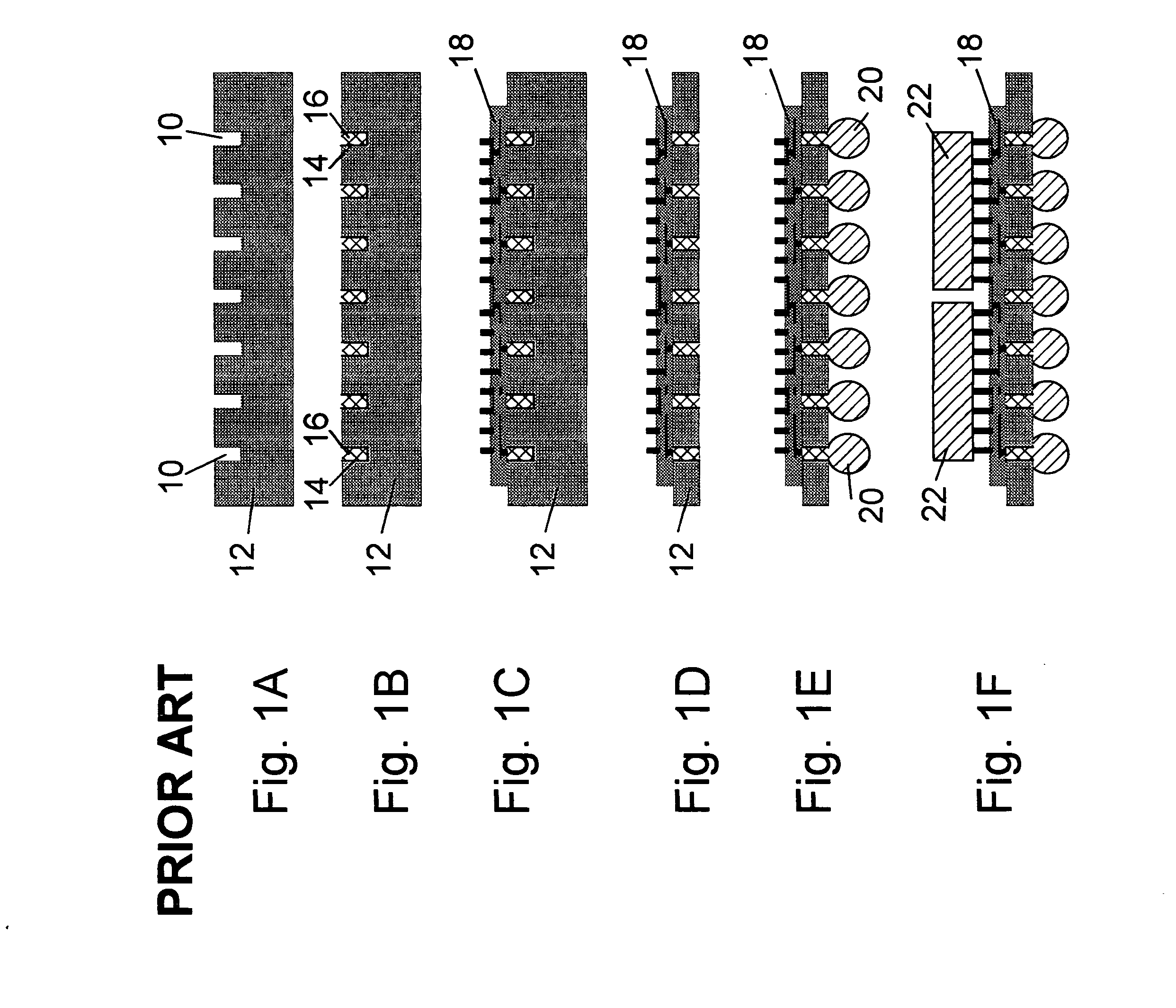Method and apparatus for filling vias
a technology of vias and filling methods, applied in the field of process and apparatus, can solve the problems of impracticality of filling blind vias with conductors, high aspect ratio blind via filling, and extremely difficult plating
- Summary
- Abstract
- Description
- Claims
- Application Information
AI Technical Summary
Benefits of technology
Problems solved by technology
Method used
Image
Examples
Embodiment Construction
[0057] Variations described for the present invention can be realized in any combination desirable for each particular application. Thus particular limitations, and / or embodiment enhancements described herein, which may have particular advantages to the particular application need not be used for all applications. Also, it should be realized that not all limitations need be implemented in methods, systems and / or apparatus including one or more concepts of the present invention.
[0058] Referring to FIG. 4A, in a first apparatus and method in accordance with the invention, an outer processing chamber 60 has an outer vacuum port 62 to which a vacuum source (not shown) is connected. Chamber 60 is evacuated, as represented by arrow 65, through port 62. Conductive paste 64 is applied to a portion of one face of a top plate or piston 66, which is coated with Teflon or another nonstick and compliant surface material 68.
[0059] As used herein, the term paste refers to any material, and espec...
PUM
 Login to View More
Login to View More Abstract
Description
Claims
Application Information
 Login to View More
Login to View More - R&D
- Intellectual Property
- Life Sciences
- Materials
- Tech Scout
- Unparalleled Data Quality
- Higher Quality Content
- 60% Fewer Hallucinations
Browse by: Latest US Patents, China's latest patents, Technical Efficacy Thesaurus, Application Domain, Technology Topic, Popular Technical Reports.
© 2025 PatSnap. All rights reserved.Legal|Privacy policy|Modern Slavery Act Transparency Statement|Sitemap|About US| Contact US: help@patsnap.com



